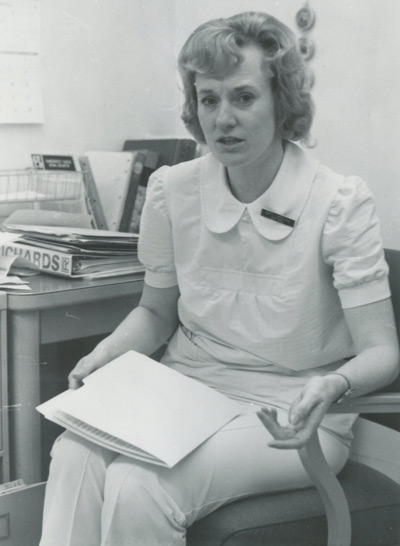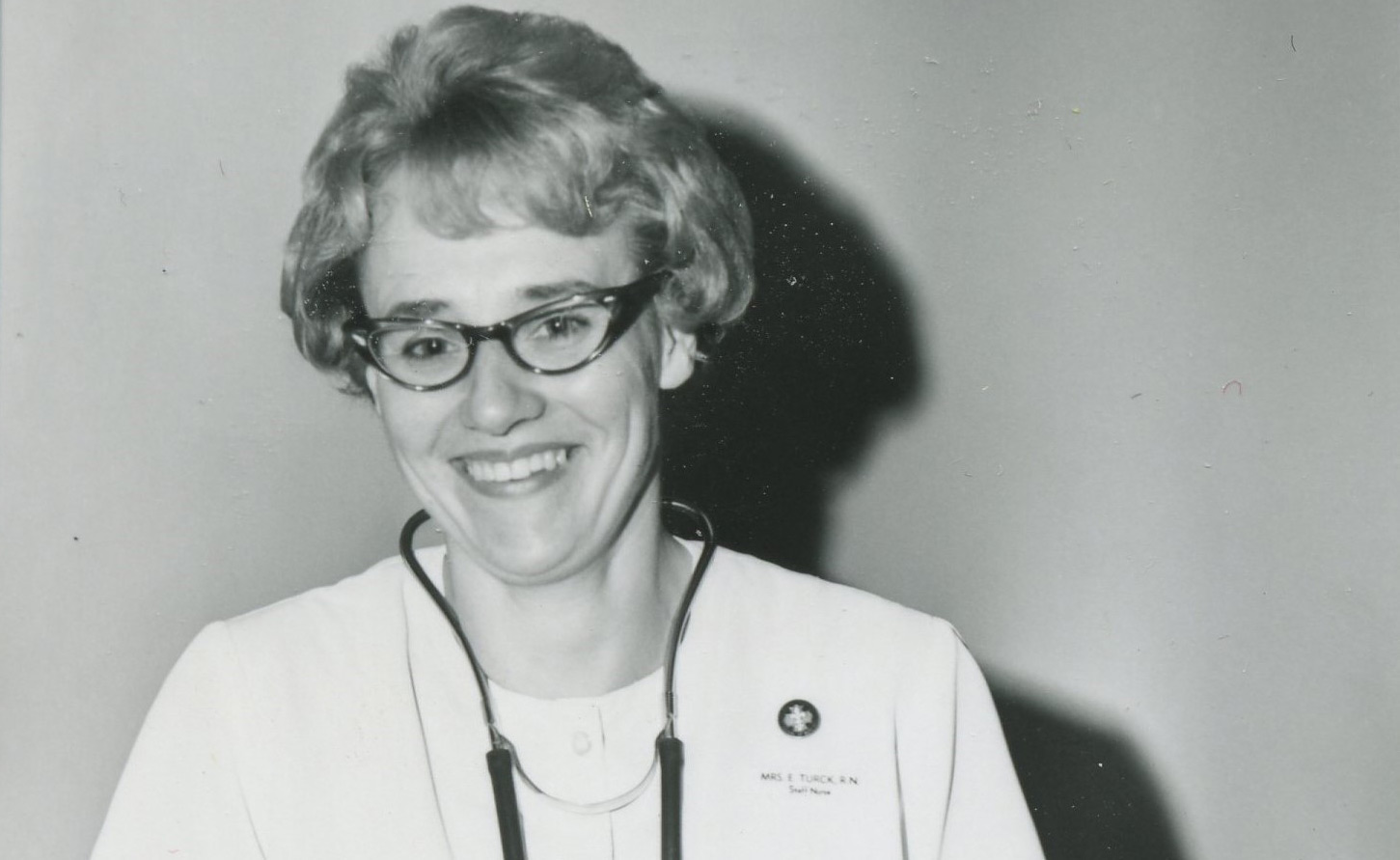CentraCare Medical Alert Service Originator Is Now a Subscriber
“I think it’s important because there are a lot of people living alone who don’t have family or anybody to call.”
Little did Betty Turck know 40 years ago when she helped bring Medical Alert Service to CentraCare – St. Cloud Hospital, she’d be a subscriber herself one day.
As a former registered nurse and director of Emergency and Outpatient Services, Betty was instrumental in organizing the 911 call system for 14 counties across Minnesota and implementing Medical Alert Service at St. Cloud Hospital.
 “Before the 911 system, emergency calls were not directed anywhere,” recalls Betty. “When an emergency came to the hospital, me or my partner at the time would evaluate the situation and send them to where they needed to be.”
“Before the 911 system, emergency calls were not directed anywhere,” recalls Betty. “When an emergency came to the hospital, me or my partner at the time would evaluate the situation and send them to where they needed to be.”
It’s difficult to imagine a time when you couldn’t call 911 for help and CentraCare – St. Cloud Hospital Emergency Trauma Center didn’t have a full-time physician on staff.
“We’d take patients into a room that had a box with doctor’s names in it,” uncovered Betty. “We’d rotate through the list — calling them to ask what we needed to know to be able to care for the patient.”
Betty and her team knew that the 911 call system was a huge step forward for patient care in Central Minnesota but it wasn’t enough. They needed a system to quickly identify a vulnerable person’s needs faster in emergencies.
“People out in the country who were all alone didn’t have anyone to call,” asserted Betty. “They didn’t have regular doctors … When something would happen, they weren’t sure who to call.”
Medical Alert Service gave subscribers the extra help they needed by storing critical medical information in an organized system. That way, Betty and her team had a better idea of how to treat those people faster.
“We knew who we could call and who would be able to help them,” spoke Betty. “We knew what ambulance agency we needed to call if they were in the country if that is what was needed.”
Each subscriber had emergency telecommunications equipment to call for help if needed. Those calls got connected to an emergency department switchboard. From there, the patient would be triaged to the appropriate care.
Technology has vastly changed over the years — today, subscribers of Medical Alert Service wear a button they can press in an emergency. It’s peace of mind that Betty subscribes to herself.
“I’ve had 25 surgeries on my leg, so it’s very unstable and I fall quite frequently,” shared Betty. “I’ve had to use my Medical Alert Service for help.”
It’s a full-circle moment. At 85 years old, Betty admits that 40 years ago she never envisioned herself benefiting from her efforts. She helped pave the way for emergency care in Central Minnesota. Medical Alert Service is one of the programs she’s most proud of.
“I think it’s important because there are a lot of people living alone who don’t have family or anybody to call. For me, they can alert my family and make the best decision on who to call for help.”
Medical Alert Service has grown from 50 subscribers in its infancy to over 900 today.
